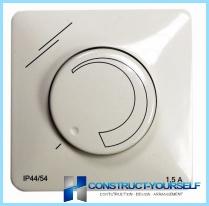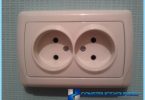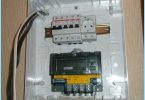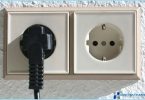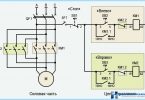The contents
- Supenatural with the use of autotransformer
- Autotransformer with electronic control
- Triac (thyristor) controller
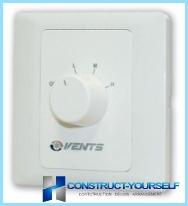
Exhaust ventilation systems are widely used for comfort in homes and outbuildings. Most often,hoods are installed in toilets and bathrooms and in the kitchen. The simplest way of connecting the fan means has two positions – on and off. The toilet is sometimes used switch with presence sensor – let ecoeconomic energy if you constantly forget to turn it off.
To improve the acoustic comfort (the fan does not necessarily have to constantly work at full capacity), are regulators of speed.
Technical implementation of speed control of fan:
- change the frequency of the alternating current motor;
- the change in the value of the supply voltage.
The frequency controller has a number of important advantages. By reducing the fan speed reduces the energy consumption for this method is the most economical. Also, when using this method, no unnecessary heating of the motor winding.
Unfortunately, these benefits are reduced by the high cost of the device. Therefore, the use of frequency controllers at home is impractical.
Popular schemes, ispolzovaniye the voltage level ↑
The main advantage of takecontrolof – low cost, which allows to apply them in everyday life. Disadvantage – weak economy. By reducing the speed only decreases the noise, the power consumption is not actually changing. Another drawback is the inability to connect powerful devices, but for home use it is not critical.
Options for circuit design of controllers:
- speed regulators, with the use of the autotransformer;
- autotransformer with electronic control;
- triac or thyristor controllers.
Supenatural with the use of autotransformer ↑
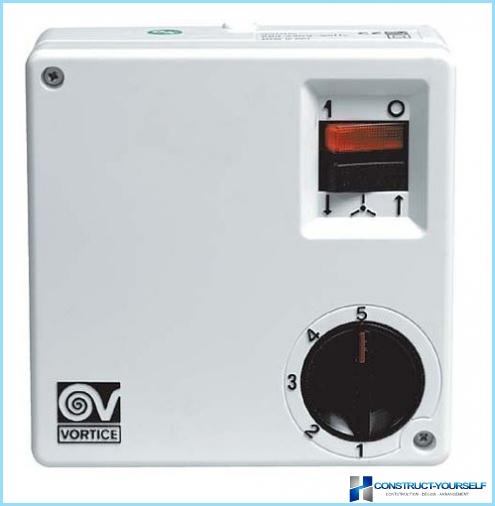
The principle of this controller is as follows. To the input of the autotransformer T1 is supplied the supply voltage is 220 V. the Coil has multiple branches from the part turns. If the load is connected to the branches, the consumer receives reduced voltage. With the switch SW1 fan motor M is connected to that portion of the winding and the rotation speed is changing. When lowering the supply voltage reduces the power consumption. The output – pure sine wave, which beneficially affect the condition of the motor windings. The disadvantage is the large size of the control unit. The knob has a stepped scale, as a rule, not more than five provisions. To smoothly control the speed of rotation is impossible.
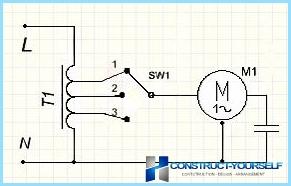
Autotransformer with electronic control ↑
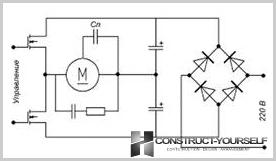
Electronic autotransformer works on the principle of pulse width modulation. Transistor circuit, modulating a pulse – smoothly changes the output voltage. The advantages of this controller – compact size and low cost. Downside is the cable length from the controller to the motor is limited. Therefore, the unit auto-transformer, generally performed in a separate building from the control stick and is in close proximity to the fan.
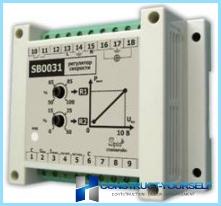
Triac (thyristor) controller ↑
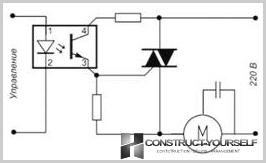
Without going into details the principle of phase control, which are regulators of this type, briefly describe the scheme. Each thyristor «cuts» half-wave alternating current, reducing the output voltage. The value is controlled by the control unit. Advantages– low price, compact size. The speed can be adjusted from almost zero. Drawback – sparking motor windings, finite capacity loading.
- The fan motor must have an automatic thermal protection.
- It is unacceptable to use as a fan speed controller dimmers for lighting.
Independent connection of the controller fan speed ↑
All domestic regulators are designed for installation without the mandatory invitation of an electrician. If you can replace the switch or the socket – mounting you.
Speed controllers are manufactured in three versions:
Wall to install without going.
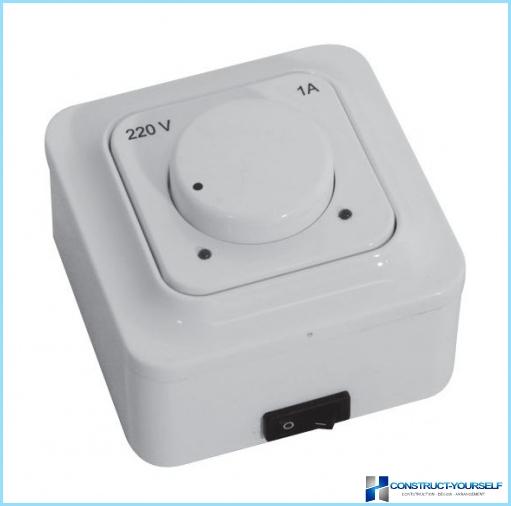
Wall for installation in a recess.
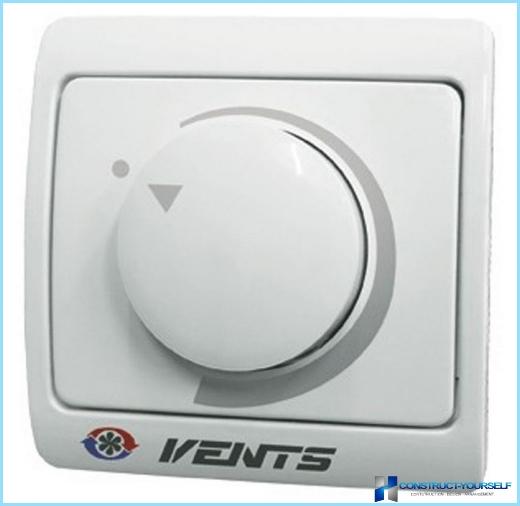
Installed on DIN rail
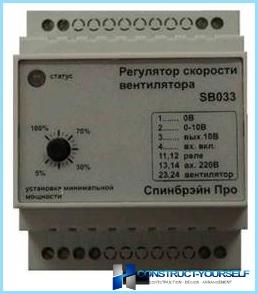
Installing a wall regulator with a recess made in the same way as installing an ordinary outlet.

Wiring diagram is simple:the contacts are marked, additional wiring is not required. If this place was a regular fan switch – is only replacing it with the regulator.
In the case where the control unit and the regulator is made in different buildings – requires no additional wiring. Power cable connects to the controller directly from the electrical panel, and the controller communicates a low current signal wire.
Video:


